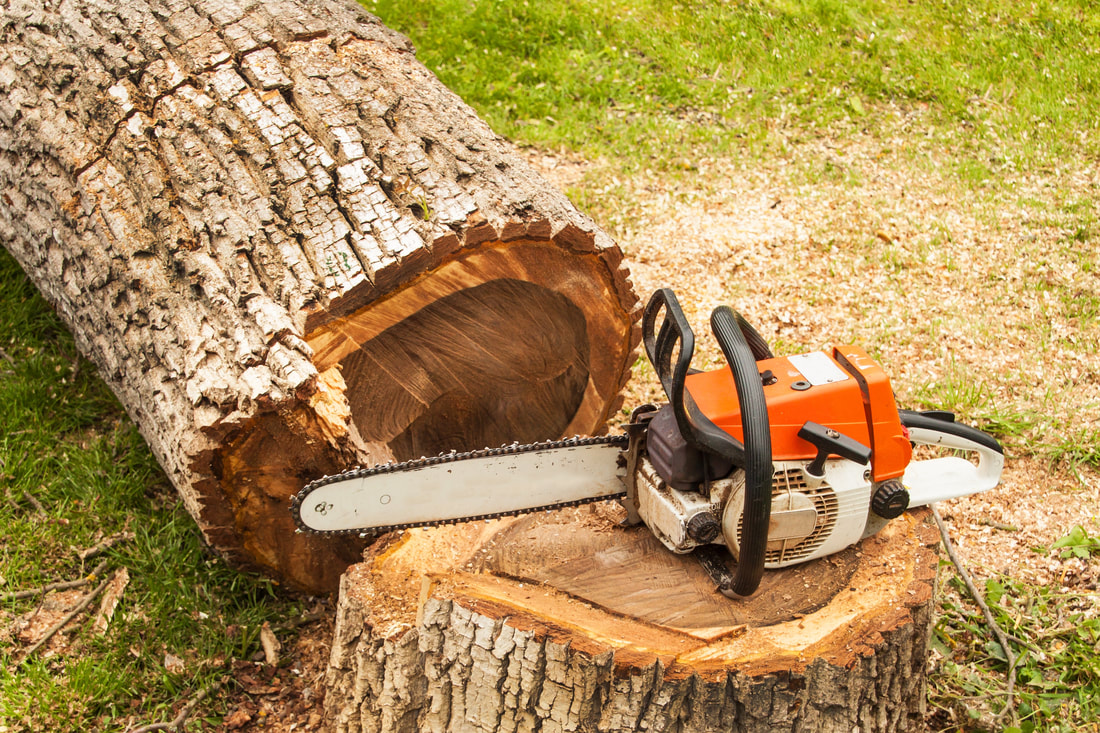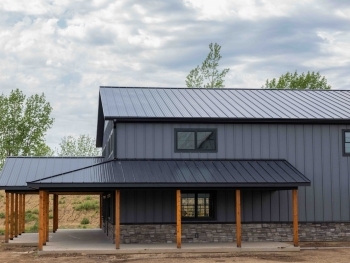Tree removal is often a necessary part of property management, particularly when dealing with dead, diseased, or hazardous trees. However, traditional tree removal methods can cause significant damage to the surrounding landscape and ecosystem. Low-impact tree removal offers a more environmentally friendly approach that minimizes disruption to your property while effectively removing unwanted trees. This article will explore the benefits of low-impact tree removal and how it can protect both your property and the environment.
What is Low-Impact Tree Removal?
Low-impact tree removal is a method that focuses on minimizing environmental damage during the tree removal process. This approach prioritizes careful planning, specialized equipment, and skilled techniques to ensure that the removal is efficient while preserving the surrounding landscape. Unlike traditional tree removal, which may involve heavy machinery that can compact soil, damage nearby vegetation, and disturb wildlife habitats, low-impact methods aim to protect the area around the tree.
Benefits of Low-Impact Tree Removal
Environmental Preservation
One of the primary benefits of low-impact tree removal is its commitment to preserving the environment. This method minimizes soil disturbance, protecting root systems of nearby plants and preventing erosion. By avoiding heavy equipment, low-impact techniques also help maintain the natural balance of the ecosystem, reducing the risk of harming local wildlife and plant life.
Protection of Surrounding Vegetation
When trees are removed, nearby plants can be at risk of damage due to falling debris or heavy machinery. Low-impact tree removal focuses on preserving surrounding vegetation by using precise cutting techniques and smaller equipment. Arborists trained in low-impact methods can carefully navigate the removal process to ensure that adjacent plants and trees remain unharmed.
Soil Health Maintenance
Soil compaction is a common issue associated with traditional tree removal methods, especially when heavy equipment is used. Compacted soil can negatively affect root growth and water drainage, leading to unhealthy plants. Low-impact tree removal minimizes soil disturbance, allowing the earth to remain aerated and healthy, which benefits the entire ecosystem.
Improved Aesthetics and Landscape Integrity
When a tree is removed using low-impact techniques, the surrounding area is left cleaner and more visually appealing. This method avoids large ruts, disturbed soil, and broken branches that can detract from the beauty of your landscape. A professional arborist will ensure that the area is left tidy and ready for replanting or other landscaping needs.
Reduced Risk of Property Damage
Low-impact tree removal is designed to be safer for your property. By carefully planning the removal and using specialized equipment, arborists can significantly reduce the risk of damaging nearby structures, fences, or utility lines. This proactive approach helps protect your investment while ensuring the removal process is as smooth as possible.
Sustainable Practices
Low-impact tree removal aligns with sustainable practices that prioritize environmental conservation. Arborists who specialize in this method often incorporate strategies for replanting and ecosystem restoration. By choosing low-impact removal, property owners contribute to a more sustainable approach to land management.
When is Low-Impact Tree Removal Necessary?
Low-impact tree removal is particularly beneficial in various situations, including:
- Urban and Suburban Areas: In densely populated areas, low-impact methods help prevent damage to nearby properties, sidewalks, and utility lines.
- Sensitive Environments: Areas with delicate ecosystems, such as wetlands or habitats for endangered species, require careful tree removal to minimize disturbance.
- Landscapes with Established Plants: When removing trees near established gardens or landscapes, low-impact techniques ensure that surrounding plants are protected.
How Low-Impact Tree Removal Works
- Assessment and Planning: The process begins with a thorough assessment of the tree and its surroundings. A certified arborist will evaluate the health of the tree and consider the potential impact on nearby vegetation and structures.
- Selection of Equipment: Specialized tools and equipment are chosen to minimize disruption. This may include using ropes and rigging to lower sections of the tree safely or employing handheld tools for precision cuts.
- Careful Execution: The removal process involves careful cutting and lowering of tree sections to prevent damage to surrounding plants and soil. Arborists use their expertise to manage the process efficiently.
- Post-Removal Restoration: After the tree is removed, the area is cleaned up and any necessary restoration work is conducted. This may involve replanting new trees or repairing any minor disturbances to the landscape.
Low-impact tree removal is a sustainable and environmentally friendly approach that benefits both your property and the surrounding ecosystem. By prioritizing minimal disruption, this method helps preserve the integrity of your landscape while effectively addressing the need for tree removal. At Timber TEKS, we specialize in low-impact tree removal techniques that protect your property and promote a healthier environment. Contact us today to learn more about our services and how we can assist you with your tree care needs.




